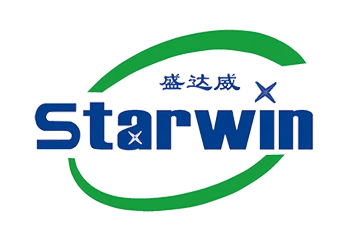Impurities in carbon black and how to deal with them
Jul 21, 2022
Carbon black readily absorbs moisture during the generation, cooling, pelletizing (dry process), packaging, and shipping processes. In order to control the moisture content of carbon black, during the collection process of furnace carbon black, do not operate below the dew point; for wet granulation and drying, strictly control the moisture content. In addition, it should be properly packaged and stored to avoid rain and humidity during transportation.
The ash content of oil furnace carbon black mainly comes from the minerals in the cooling water and the ash in the raw oil. Followed by equipment corrosion and furnace refractory erosion, spalling and so on. Excessive carbon black ash content will promote surface cracking of rubber products, accelerate aging, and shorten product life. The use of electrodialysis or ion-exchanged water as quench water can significantly reduce the ash content of carbon black. Anticorrosion on equipment, screening during carbon black processing, and magnetic separation help reduce carbon black ash and other impurities.
The acetone extract refers to the hydrocarbons that are not cracked or not completely cracked during the carbon black generation process and remain on the surface of the carbon black to form tar-like substances that are easily extracted by acetone. The excessively high acetone extract is mainly caused by low carbon black generation temperature, low air-oil ratio or inappropriate process conditions.
If the acetone extract is too large, it often indicates that the production is not normal. Therefore, the furnace temperature must be controlled to stabilize the process operating conditions. Acetone extract is the main indicator to measure the process operating conditions, such as the level of air-oil ratio, the quality of atomization of raw oil, and whether the residence time in the high temperature area is appropriate.
The main component of the sieve residue is the hard carbon formed during the formation of carbon black. Other impurities are foreign sand, fiber hair and large pieces of rust and other harmful substances mixed into carbon black. The presence of these two substances in carbon black will significantly affect the quality of rubber products and must be strictly controlled. The main method to control the content of sieve residue is to prevent coking in the furnace. In the production of carbon black by oil furnace method, maintaining a high axial air flow rate is an important condition to avoid coking in the furnace. In addition, it is also required that the asphaltene contained in the raw oil should not be too much (<6%). Screening of carbon black, such as air separation and magnetic separation, can reduce the content of screen residues and other impurities.






